Who says you should dye your gray hair? While society is generally youth-obsessed, many people these days are embracing the gray.
As a matter of fact, many young people are actually dyeing their hair gray now!
In case it’s not abundantly clear, you should never feel like you have to dye your gray hair. Not unless you want to.
If you currently color your hair to hide your grays and have decided that you don’t want to follow societies’ norms – more power to you!
We’ll go over why hair goes gray to begin with and how you can safely reverse your steps if you’re set on undoing the dye.
What’s the Cause?

Gray hair can be caused by a number of things. From genetics, to stress, to deficiencies. We’re going to go through each of the possible causes below.
Your Age
Most people know that age plays a huge part in why your hair turns gray. When you get older, you’ll likely naturally start to get gray hair.
Though some people do start going gray as early as their 20’s.
This is caused by a loss of telomeres, which are the ends of chromosomes. They normally shorten with age, but as long as you’re young enough, your telomere length doesn’t seem to decrease too much.
As time goes on, however, these telomeres begin to shrink at a faster rate than normal. This eventually leads to the loss of pigment cells, and ultimately gray hair.
The majority of people in their fifties or older usually start to experience gray hair. However, not everyone will even get gray hair! This is because of genetics, so we’ll get into that shortly.
Stress

As we mentioned before, society puts a lot of pressure on us to look a certain way. And one thing that we all seem to always strive for is our hair color. So when we fail to meet these expectations, we put ourselves under a ton of stress.
This stress manifests itself in different ways. The most common way is by causing us to eat poorly. Oftentimes, we’re stressed out because we aren’t eating properly. This is something that we can easily fix.
By simply eating better, you can eliminate many of your stress related problems. Another way stress affects our hair is by affecting our moods.
Sometimes we can’t help but let our emotions impact our hair. We may feel angry, sad, anxious, etc. All of these emotions can manifest themselves in our hair eventually.
We recommend keeping yourself calm, even if you have some stress in your life. Stress is often one of the biggest reasons why we dye our hair.
Unfortunately, once we’ve dyed our hair, it’s really hard to reverse the damage. However, there are ways to prevent stress from having its toll on our hair.
Nutritional Deficiencies
Another big cause of gray hair is nutritional deficiency. Some of the most common deficiencies include iron, calcium, magnesium, zinc, and vitamin B12.
Deficiencies can cause hair to fall out, dryness, brittle nails, fatigue, depression, and other symptoms. Luckily, you can easily identify whether you have a deficiency by looking at your diet.
You should also check your levels regularly (every 3 months) to make sure they stay balanced.
Genetics
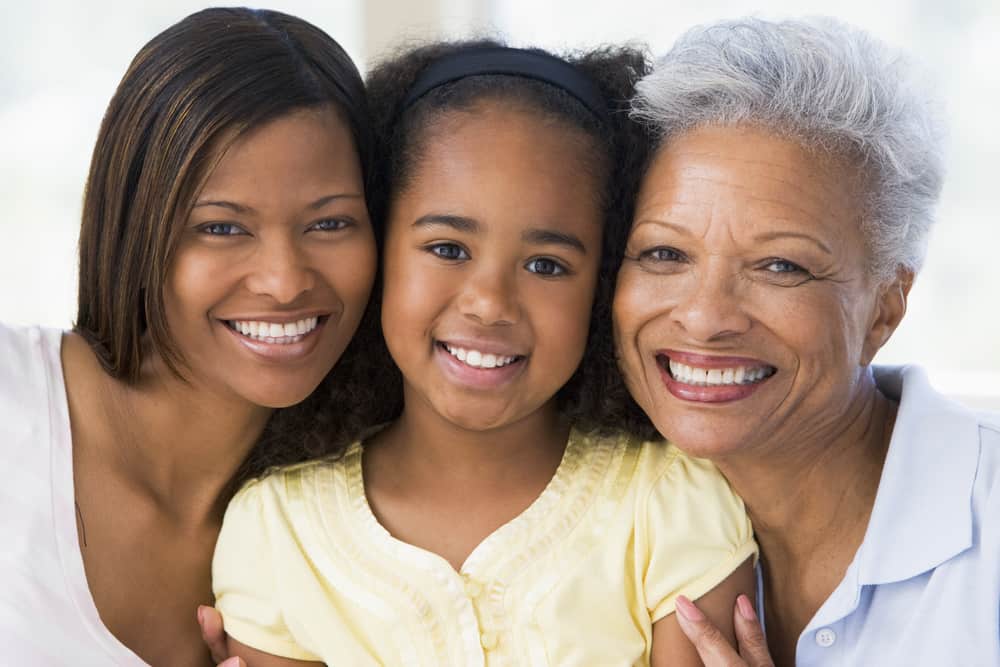
So far, we’ve discussed the main causes of gray hair. Genetics play an important role in determining who gets gray hair.
Your parents, grandparents, siblings, cousins, and so forth could possibly all be experiencing gray hair. This means that you could inherit genes that lead to gray hair.
It’s very rare for someone to develop gray hair without any family history. If you want to avoid this, then you need to focus on what you do with your hair.
In the same breath, you can also not get gray hair because of genetics! It all depends on your DNA and family history.
Medical Conditions
You could also get gray hair because of unique medical conditions. For example, vitiligo and hyperthyroidism can cause gray hair. Hypothyroidism is a condition where your thyroid hormone production decreases.
This results in a slower metabolism, which causes you to lose weight and gain fat. Gray hair can result from this. Other medical conditions such as high cholesterol, diabetes, cancer, and pregnancy can also cause gray hair.
About Hair Dye
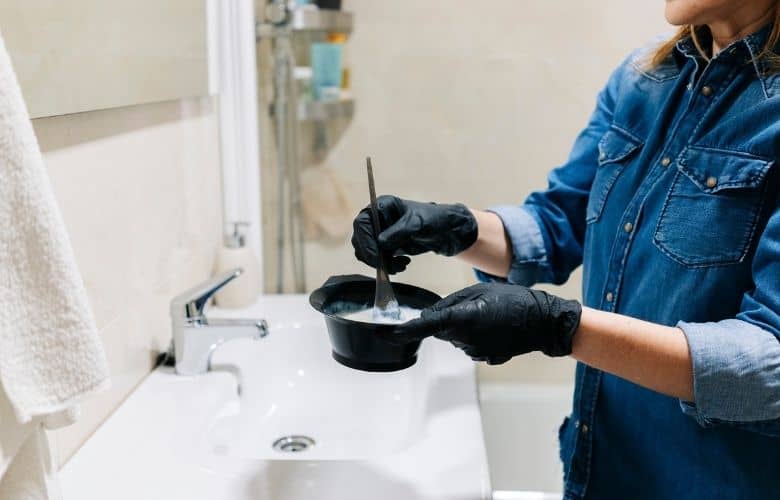
Let’s face it: one of the best reasons to go gray is because hair dye is not good for your hair. It contains harsh chemicals that strip away your natural oils in order to change your color.
It also strips off your natural pigment and makes your hair duller. In addition, it can cause you to break out.
There are two types of hair dyes: permanent and semi-permanent. Semi-permanent dyes will fade after about 6 weeks. They won’t leave behind a stain like permanent dyes will.
Permanent dyes typically contain ammonia, peroxide, hydrogen peroxide, and other chemicals.
These chemicals can irritate your scalp and skin. They can also cause allergies.
When choosing a permanent color, look for those that contain no ammonia.
Look for colors that don’t contain parabens, propylene glycols, formaldehyde, and sodium hydroxide. These ingredients can cause irritation and dryness.
If you’re thinking about coloring your hair, make sure that you use only professional products.
Only a trained stylist knows how to properly apply hair dye. Otherwise, you’ll end up ruining your hair permanently.
Many home kits contain unnecessary chemicals in them, and while they might not affect your hair initially, they will over time.
What Hair Dye Does to Hair
Depending on the type of dye, hair dye can influence your hair in numerous ways. The first way is through damage to the cuticle.
As I mentioned earlier, when you use hair dye, you remove the natural oil from your strands. This opens up the cuticle layer of your hair, exposing your cortex. Once the cuticle is open, the outer layers of your hair begin to dry out.
The next step is the oxidation process. During oxidation, your hair will lighten, depending on the strength of bleach used.
When hair is oxidized, it dissolves the pigment from the hair. After oxidation, you will notice the hair becomes damaged and weak.
This is why it’s best to choose a color that doesn’t require much oxidation. If you have dark-colored hair, you should consider using darker shades instead.
Finally, if you’re going for a bright shade, you need to know that hair dye can bleach your hair. Bleaching weakens your hair and causes it to become brittle. This is why it is recommended to go for a more subtle tone.
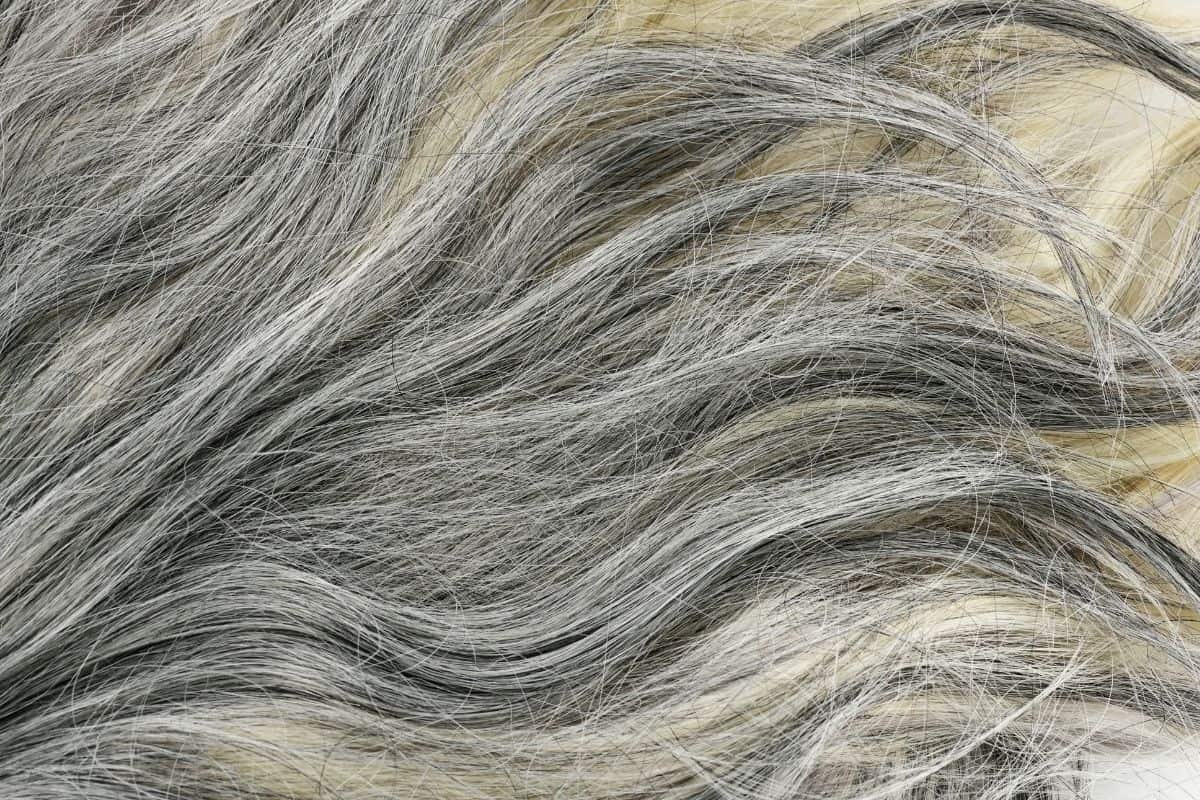
Getting Rid of Hair Dye
Making the decision to get rid of hair dye is a pivotal moment in many peoples’ lives. People are often caught up in the whole process of dying and re-dying hair to maintain it.
It can be incredibly time-consuming and expensive, especially if you get it done professionally. Luckily, though, you can get rid of this dye using a number of different techniques.
It’s typically a pretty gradual process, since you don’t want to damage your hair.
However, when you reach the end of the process, the results are amazing. All you need is a little patience and willpower.
It can be difficult to allow your hair to grow out naturally, so let’s see what options are available to get through it.
Removing Deposit Only Dye
Deposit only dye is pretty easy to remove since there was no bleaching involved.
You simply need to shampoo your hair with a mild shampoo or use a similar method. Rinse your hair thoroughly, then condition it.
We’ll go through a couple of different methods you can try in order to fade your deposit hair dye.
It should be said that before attempting any of the methods outlined below, you should always do a strand test.
This is because it’s impossible to know how someone’s hair will react to different things.
Prepping Your Hair
You will need to prep your hair before starting the process of getting rid of your dye. It’s important to ensure that your hair will remain healthy throughout the process, so don’t neglect it!
Any kind of hair process will work best when its done on healthy hair.
When you remove color from your hair, it can easily result in some damage. Often, hair will feel straw-like and lifeless.
In order to make sure that your hair remains strong during the process, you need to prepare it properly. By doing so, you can avoid losing your hair.
If you use any kind of hair or root lifter, you should try to not wash your hair for a few days beforehand.
The oils that get produced will help keep your hair healthy, so you should allow them to build up a little. That, and lifters are actually more effective on hair that is unwashed and dry.
You should also avoid using any kind of heat on your hair for a few weeks or months before starting the process. Heat damages hair, and we need to do everything we can to keep it strong and healthy.
Hair masks are another great way to prep your hair before starting the process. Try using a hair mask weekly to ensure that your hair stays strong.
Keep your hair as nourished as you can, that way it’ll survive what you are going to put it through in the next steps.
Shampoo
When removing deposit only hair dye, shampooing your hair will work wonders. Try to use a clarifying shampoo, and wash your hair. You should be a little rough, but still gentle enough not to cause damage!
If you don’t have clarifying shampoo lying around, there are a few other things you can use to get rid of the dye. We’ll go through these options below, too.
Add Baking Soda to Your Shampoo
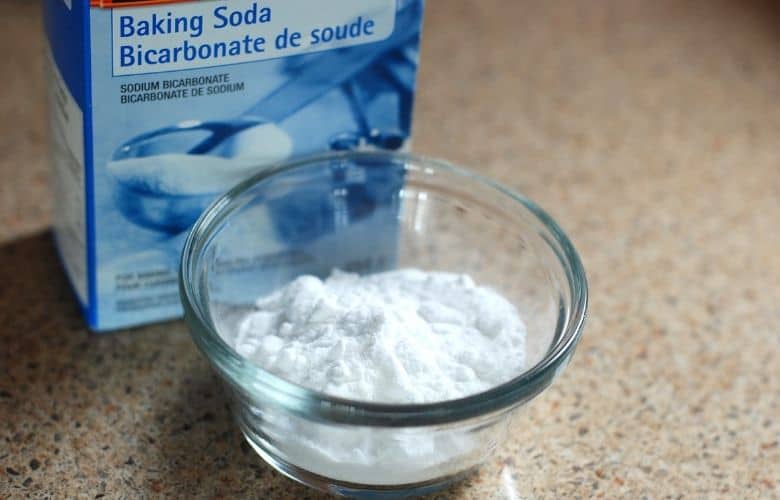
You can also try mixing one part baking soda with one part shampoo to fade your dye. The abrasiveness that the baking soda will add will help loosen the color’s bond to the hair follicles.
Just be sure to use a moisturizing conditioner afterwards! This method will definitely dry out your hair a little.
Use Vinegar as a Shampoo Additive
Vinegar has been proven to be an effective way to fade hair dye. It works by breaking down the chemicals that hold the dye onto your strands. Make sure to rinse your hair thoroughly after applying vinegar.
Otherwise, it could leave residue behind. This isn’t as harsh as baking soda, but it may take longer to wear off.
Vinegar and Water
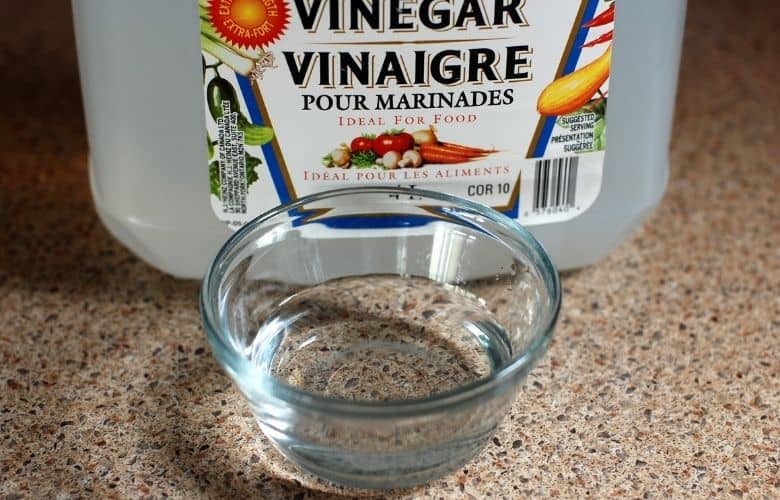
Vinegar and water will also help fade hair dye. All you need to do is mix one part vinegar with one part water, and apply it to your hair.
After you’ve soaked your hair in the vinegar solution, put a shower cap on and allow the solution to soak for around 20 minutes.
After that, rinse and condition as usual.
The acidity that the vinegar provides will help get rid of the dye on your hair over time. Because of this, you should be doing this weekly, or even daily if you’re in a rush to remove the color.
Try Vitamin C Tablets
You read that right. You can use vitamin C tablets to help fade hair dye. This only really works well on hair that’s freshly dyed, though.
All you need to do is crush up some vitamin C tablets, add some hot water, and mix it up. It becomes a nice paste that you can then apply to your hair.
Once the paste is applied, put on a shower cap or a plastic bag, and allow it to sit.
You should wait for at least an hour before washing it off with warm or hot water. Be careful not to burn yourself if you’re trying this process!
It’s incredibly easy to underestimate the temperature of the paste before it goes on, so check the temperature on your wrist.
Professional Products You Can Use
If you don’t feel like DIYing your dye off, you can always opt for some professional level products.
There are tons of brands available today, and they all claim to offer a safe, quick way to remove hair dye from gray hairs.
Before you jump in and buy one of these products, you will need to do a little research to find out which product will work best for you.
When it comes to hair products, many of them are designed with certain hair types in mind.
Here are a few products you can use to fade hair dye:
L’Oreal – ColorZap Haircolor Remover
Color Oops Extra Conditioning Hair Color Remover
Colour B4 Hair Colour Remover Extra Strength
Color X-Change Phase-Out Gentle Dye Decolorizer
Dealing With Bleached Hair
When hair gets bleached, the pigment gets dissolved from the hair. That means that you can’t wash anything out.
If this is the case, you will need to simply grow your hair out and cut off the bleached parts when it reaches a length you’re happy with.
You might also need to use a filler in order to add some undertones back in your hair. This, however, will depend on how dark your natural hair is.
You can dye your hair, too. Try finding a dye that is as close to your natural color as possible, and get it colored. That way, it shouldn’t be noticeable when your natural gray hair begins to grow out.
You will need to carefully maintain this dyed color until your natural hair comes through, though. It is a long process, but the end result is worth it!
The Transition
Transitioning from any color to another is a pain, and from a bleached color to a natural gray is no different. Chances are, you will want to make the slow transition a little less noticeable to the world.
You can bleach your hair then use a toner to help mute the warm, brassy tones. When the tones are right, then dye your hair a shade of gray that is similar to your natural one.
This will create a very subtle transition, but it requires work.
You can bleach your hair at the salon, or at home, if you know how. I always recommend heading to the salon to bleach hair, since the professionals know exactly what they’re doing.
However, if this isn’t possible, there are plenty of tutorials around if you plan to DIY-it.
Bleaching Your Hair
If you decide to bleach your hair at home, avoid using a box bleaching kit. These kits won’t do your hair any favors, so try to get a developer mix and powder bleach that you can mix yourself.
When you find the right product, mix it up, then do a strand test.
Ensure that you’ve skipped hair washing for a few days before. This will help protect your hair from the chemicals!
Also, make sure you do some deep conditioning beforehand. This will also help maintain healthy hair.
Next, you will need to section your hair in order to bleach it. This is especially important if you have longer hair.
Start by making a parting down the middle of your head.
Then, separate your hair into four to six sections. Apply the bleach to the back at the bottom of your hair. The warmth from your head will help the bleach work faster, so always do your roots last.
Start applying bleach halfway down your hair, and work it to the ends. Once you’ve done this for your whole head, then start on the roots after 10 minutes.
Once applied, get a shower cap, spray some water inside, and put it on. The water will help create a humid environment for the bleach to work well.
Allow the bleach to sit for 30-60 minutes, but not longer than 60 minutes. Then, rinse it out with lukewarm water.
If your hair isn’t as light as you want, wait at least a week before repeating the process. You can use a toner to help get rid of any unwanted undertones in your hair.
After your hair has been bleached, you can dye it the gray color that will match your natural color. You’re done!
How to Maintain a Healthy Gray
Since bleaching can do a lot of damage to your hair, you will want to maintain it very carefully.
For the best results, using Olaplex products will help repair damaged strands and make it stronger and healthier by relinking broken protein bonds.
Use a silver shampoo to maintain your gorgeous color. These shampoos are typically purple or blue to help tone down any brassiness in your hair.
Using these will ensure that your hair is vibrant and full of life. A purple hair mask will also do wonders for keeping gray and silver strands looking good.
The best thing you can do for grays is to keep your hair conditioned and moisturized. Well-hydrated hair helps prevent breakage and dryness, which allows your color to stay vibrant longer.
Using a good leave-in conditioner every time you shampoo will help add moisture while also fighting frizz.
Final Thoughts
Gray hair is beautiful, and don’t let anyone tell you otherwise. If you’ve recently dyed over your gray and want to go back, you can do it!
Just make sure that you take care of your hair, and it will not fail you.
Even if you have permanent hair dye in your hair, you can get it out with some hard work and dedication. Good luck with your hair!



